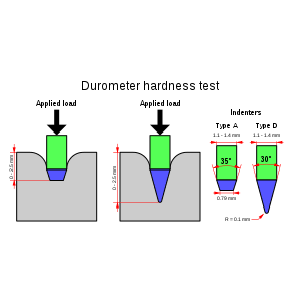About Gester C13 Martindale Fabric Abrasion Tester Series
July 08, 2021
What is the Martindale Fabric Abrasion Tester The abrasion resistance of textiles refers to the wear resistance between fabrics or between fabrics and other substances during repeated friction. The Martindale Abrasion Tester is widely used for testing the abrasion resistance of clothing and household textiles, decorative fabrics and furniture. Introduce C13 Series from Application, Standards A. Martindale GT-C13 For Testing The Abrasion And Pilling 1. Appication The Martindale GT-C13 For Testing The Abrasion And Pilling is the standard method of determining the wear resistance of textiles or leather and the resistance to pilling. Samples are rubbed against known abradents at low pressures and in continuously changing directions and the amount of abrasion or pilling is compared against standard parameters. Adaptable to test a wide range of applications including textiles, socks, leather, coated upholstery, carpets, wood and shirt collars. 2. Standards Abrasion: GB/T 21196.2, GB/T 13775, ISO 12947, ASTM D4966, IWS TM 112, M﹠S P19, Next 18, SN 198529, TWC 112, JIS L1096 ( ISO17076-2 ball plate method ,optional) Pilling: GB/T 4802.2, ISO12945-2, ASTM D4970, IWS TM 196, M﹠S P17, Next TM26, SN 198525 B. Martindale Abrasion And Pilling Tester GT-C13B 1. Application The martindale abrasion and pilling tester is used to determine the abrasion and pilling resistance of all kinds of textile structures. Samples are rubbed against known abrade at low pressures and in continuously changing directions and the amount of abrasion or pilling is compared against standard parameters. 2. Standards Abrasion: GB/T 21196.2, GB/T 13775, ISO 12947, ASTM D4966, IWS TM 112, M﹠S P19, Next 18, SN 198529, TWC 112, JIS L1096 ( ISO17076-2 ball plate method ,optional) Pilling: GB/T 4802.2, ISO12945-2, ASTM D4970, IWS TM 196, M﹠S P17, Next TM26, SN 198525 C. Martindale Fabric Abrasion Tester 1. Application Martindale Fabric Abrasion Tester is used to determine the abrasion and pilling resistance of all kinds of textile structures. Samples are rubbed against known abradents at low pressures and in continuously changing directions and the amount of abrasion or pilling is compared against standard parameters. 2. Standards Abrasion: GB/T 21196.2, GB/T 13775, ISO 12947, ASTM D4966, IWS TM 112, M﹠S P19, Next 18, SN 198529, TWC 112, JIS L1096 Pilling: GB/T 4802.2, ISO12945-2, ASTM D4970, IWS TM 196, M﹠S P17, Next TM26, SN 198525 Gester Fabric testing instruments with more than 20 years of research development and technology accumulation, has become the key technology to improve quality and productivity in textile industry.
View More







